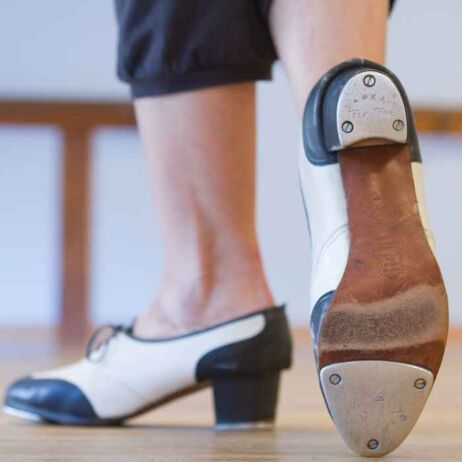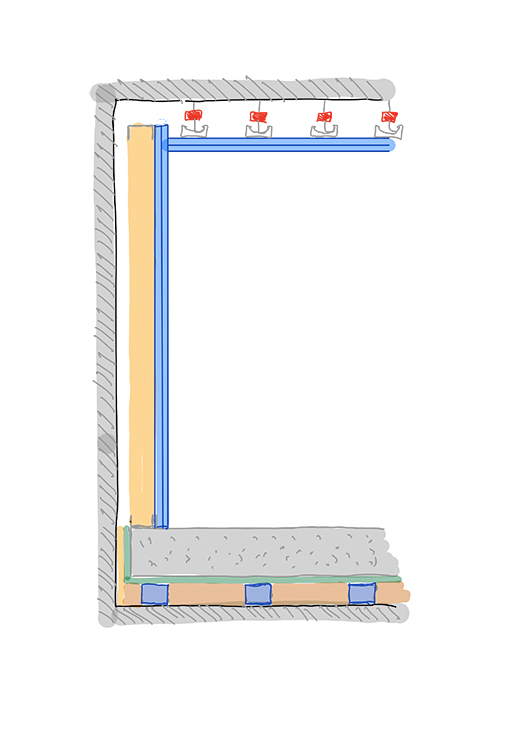The soundproofing is the set of processes implemented to prevent noise from entering or exiting a closed environment.
Acoustic insulation
Types of noise, insulation, and attenuation.
Between two enclosed spaces (or between the outside and an enclosed space), two types of noise can be transmitted: airborne noise and impact noise.
Various parameters are used to characterize the sound insulation of a partition:
For airborne noise, we distinguish:
- The sound reduction index R of a partition, measured exclusively in a laboratory, between two perfectly separated rooms. This value does not take into account the lateral transmission of noise (through walls and ceilings). It characterizes only the partition, in an ideal situation (never achieved in practice).
- The field sound insulation D of a partition, measured on site (for example, in offices where the partition has been installed), provides information on the real situation, in situ. It takes into account all indirect transmissions.
Regarding impact noise, the transmitted levels of impact noise (raw or normalized), LN for a given frequency band, are quantified.


Solutions and Implementation.
Several principles govern sound insulation for both airborne and structure-borne noise. There are many techniques and materials available to reduce the transmission of sound between the emitting and receiving rooms (or between the outside and an enclosed room).
Depending on the performance required, the acoustic double glazing devices to be installed will vary (taking into account space constraints, weight, aesthetics, etc.).
These may include:
- floating slabs (isolated)
- floating floors (light or semi-heavy)
- insulating double-glazed windows
- single or composite acoustic insulation partitions
- insulating ceilings
- insulating doors
- fixed or opening glazed frames
- ventilation silencers
- …
Thus, one seeks to reduce direct transmission, as well as lateral (indirect) transmission and parasitic transmission.
Furthermore, for each type of sound-insulating device, the material is important, but implementation is essential.